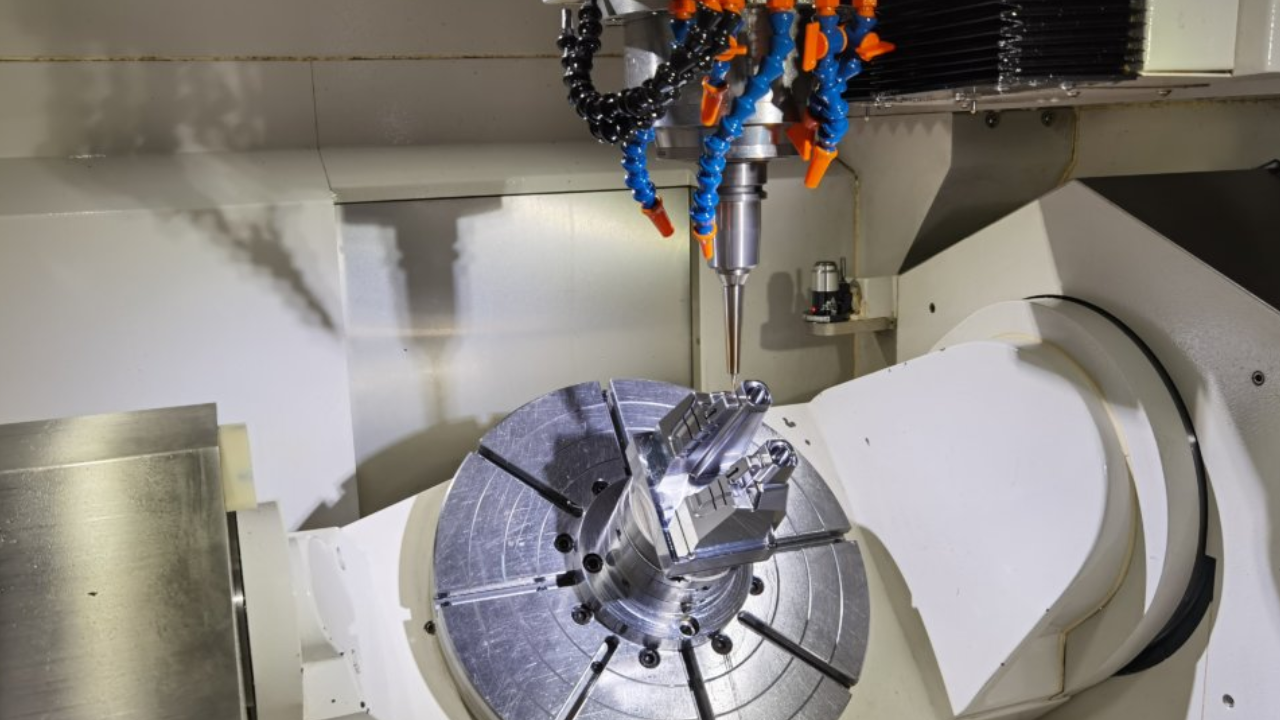CNC aluminum parts are the epitome of precision manufacturing; they are made from aluminum alloys and use Computer Numerical Control technology to create complicated components. Aluminium is a desirable material in the electronics, automotive, and aerospace industries because of its reputation for being both durable and lightweight.
Complex shapes can be created thanks to CNC machining’s consistent accuracy and tight tolerances. Surface finishes and corrosion resistance are improved by anodizing choices. This adaptable method serves a variety of purposes and can produce big quantities and prototypes quickly. By combining premium materials with cutting-edge technology for optimal efficacy and performance, cnc aluminum part continue to set the standard as industries shift.
Variables Affect The Price of Small-Scale CNC Aluminium Machining
Several factors can affect the price of CNC aluminum machining for short production runs. Here are some crucial things to remember:
Material Costs:
The kind and quality of aluminum utilized have a big influence on the total cost of CNC machining. There are many different compositions of aluminum alloys, and each has unique qualities including strength, resistance to corrosion, and machinability. Aerospace-grade aluminum is one example of a high-performance alloy that costs more than regular alloys. It is essential to choose the appropriate material for the given application to strike a balance between cost and performance requirements.
Machining Time:
A significant portion of the total cost is related to the amount of time needed for CNC machining. The part’s complexity, the design’s complexity, and the necessary tolerances are some of the factors that impact machining time. The machining time per unit may be affected by the need for more intricate setups and tool changes in small production runs as opposed to large-scale production. Machining time and costs can be decreased by optimizing the design for manufacturability and taking toolpath efficiency into account.
Labor Costs:
CNC machining is largely automated, but competent operators are still needed to set up the equipment, keep an eye on it, and check for quality. For modest production runs, labor costs contribute to the total cost of CNC aluminum machining. Competent operators may reduce errors, increase productivity, and streamline the production process—all of which assist in saving costs.
Costs of Tooling:
The costs related to making and maintaining the cutting tools used in CNC machining are referred to as tooling costs. Although they may cost more upfront, high-quality tools made for aluminum machining can save downtime and increase productivity by extending their lifespan. Tooling costs must be carefully considered for small production runs to balance long-term savings with upfront expenditure.
Machine Utilization and Setup Time:
For small production runs to be cost-effective, CNC machines must be used efficiently. Machine utilization can be maximized by minimizing setup time through careful planning, tool pre-setting, and efficient fixture use. The cost per part of a machine decreases with increased efficiency, which makes small production runs more financially feasible.
Quality Control and Inspection:
It’s critical to guarantee the precision of machined components, particularly in sectors with strict regulations. Tests and inspections are two examples of quality assurance procedures that raise the overall cost. Strong quality control procedures both before and after machining aid in the early detection of flaws in the product, lowering the possibility of non-conforming components being produced and preventing expensive rework.
Prototyping and Iterative Design:
These are standard procedures in modest production runs. The necessity for numerous prototypes and iterations to produce the intended result may have an impact on the cost of CNC aluminum machining. Rapid prototyping methods combined with effective design and production team collaboration can assist in reducing the cost of design modifications.
Material Waste:
For cost-effective CNC machining, minimizing material waste is essential. Because of the setup and testing procedures, smaller production runs could waste more material. One way to cut down on material costs and waste is to optimize nesting methods, take material utilization into account when designing, and recycle or reuse scrap material.
Finally
A comprehensive strategy including optimized design, knowledgeable operators, and well-considered tooling choices is needed to achieve cost-effectiveness. Businesses can successfully negotiate the challenges of small-scale production by carefully controlling these variables, guaranteeing accuracy and effectiveness without sacrificing their financial limits.
